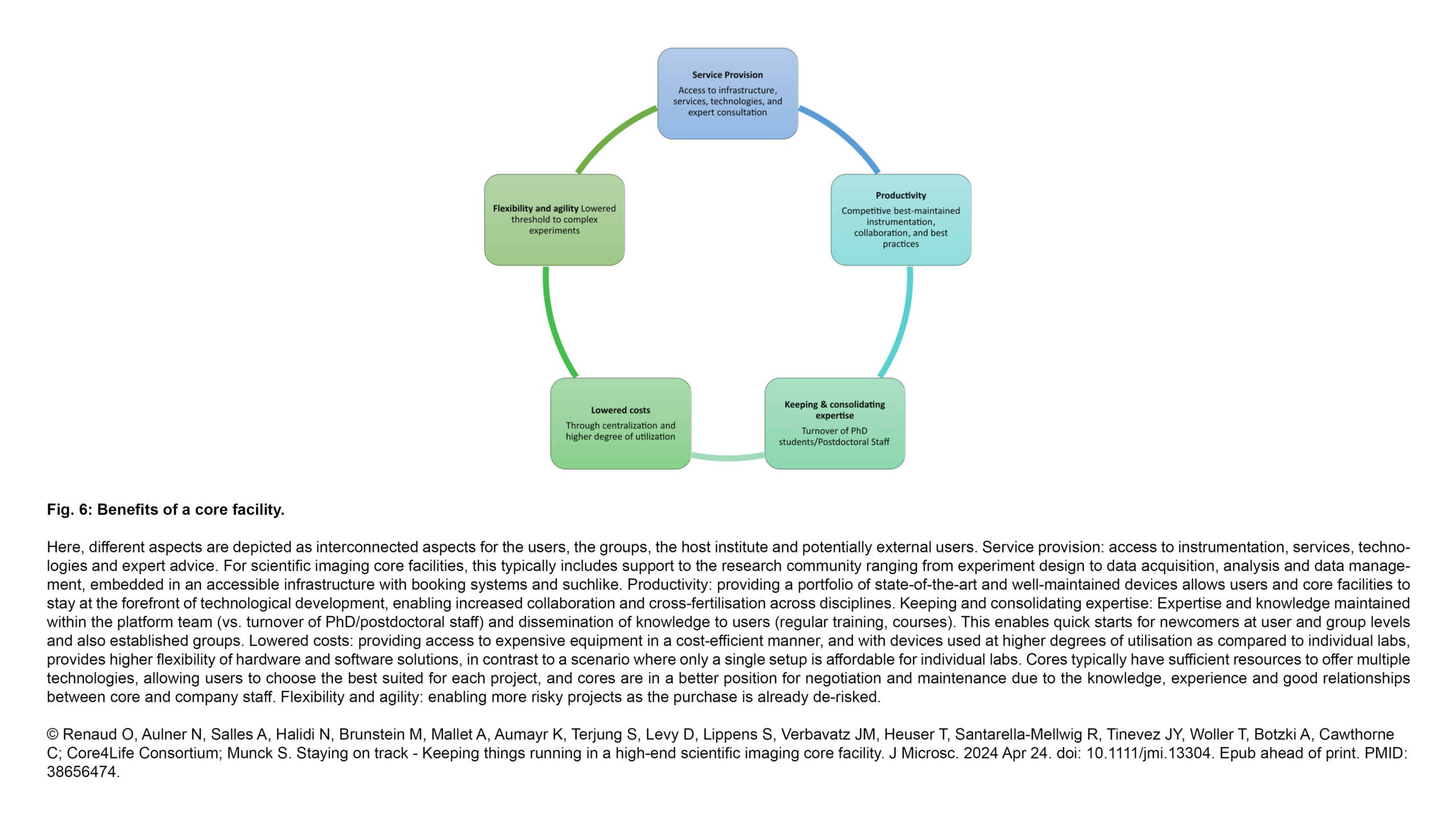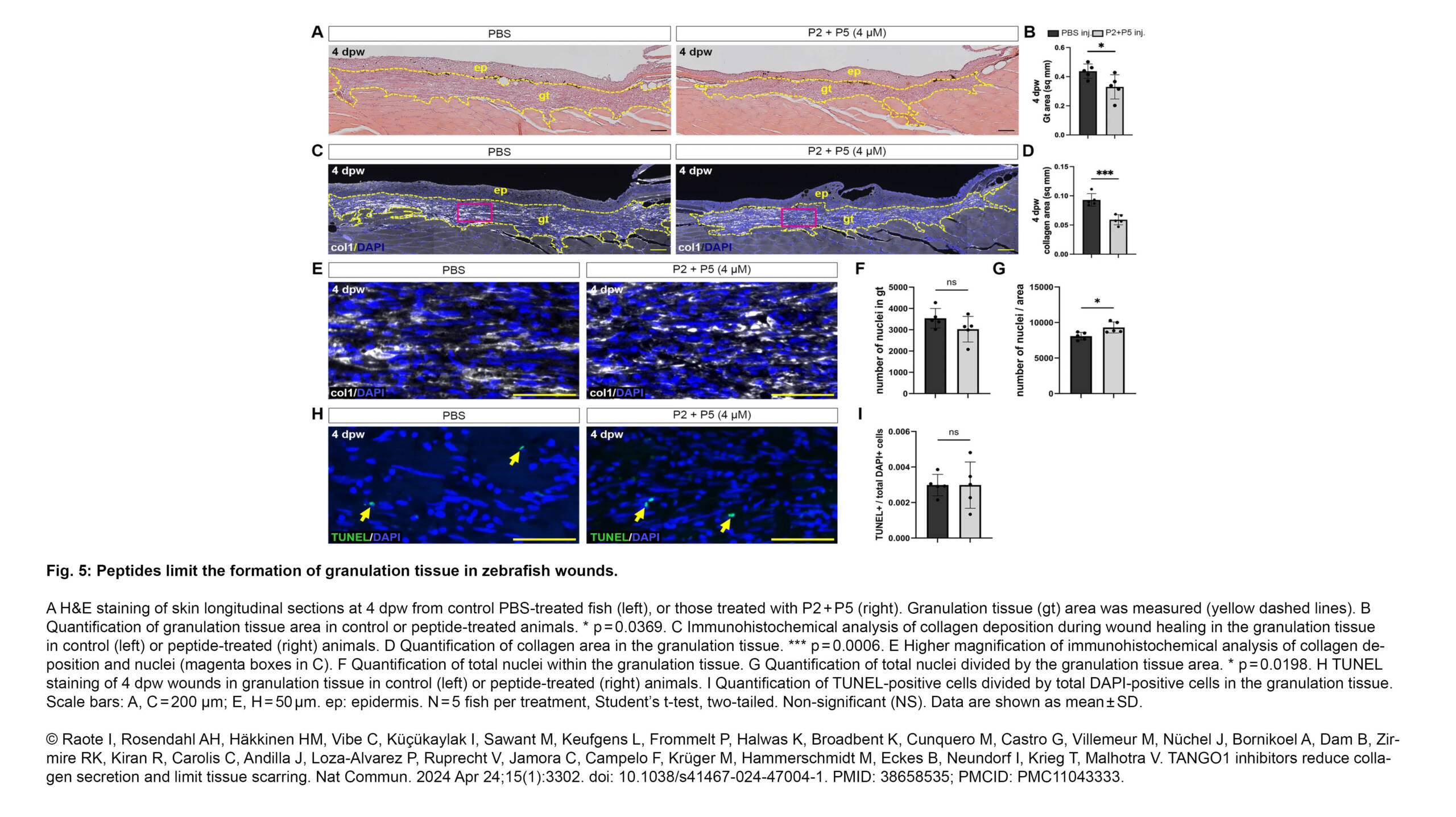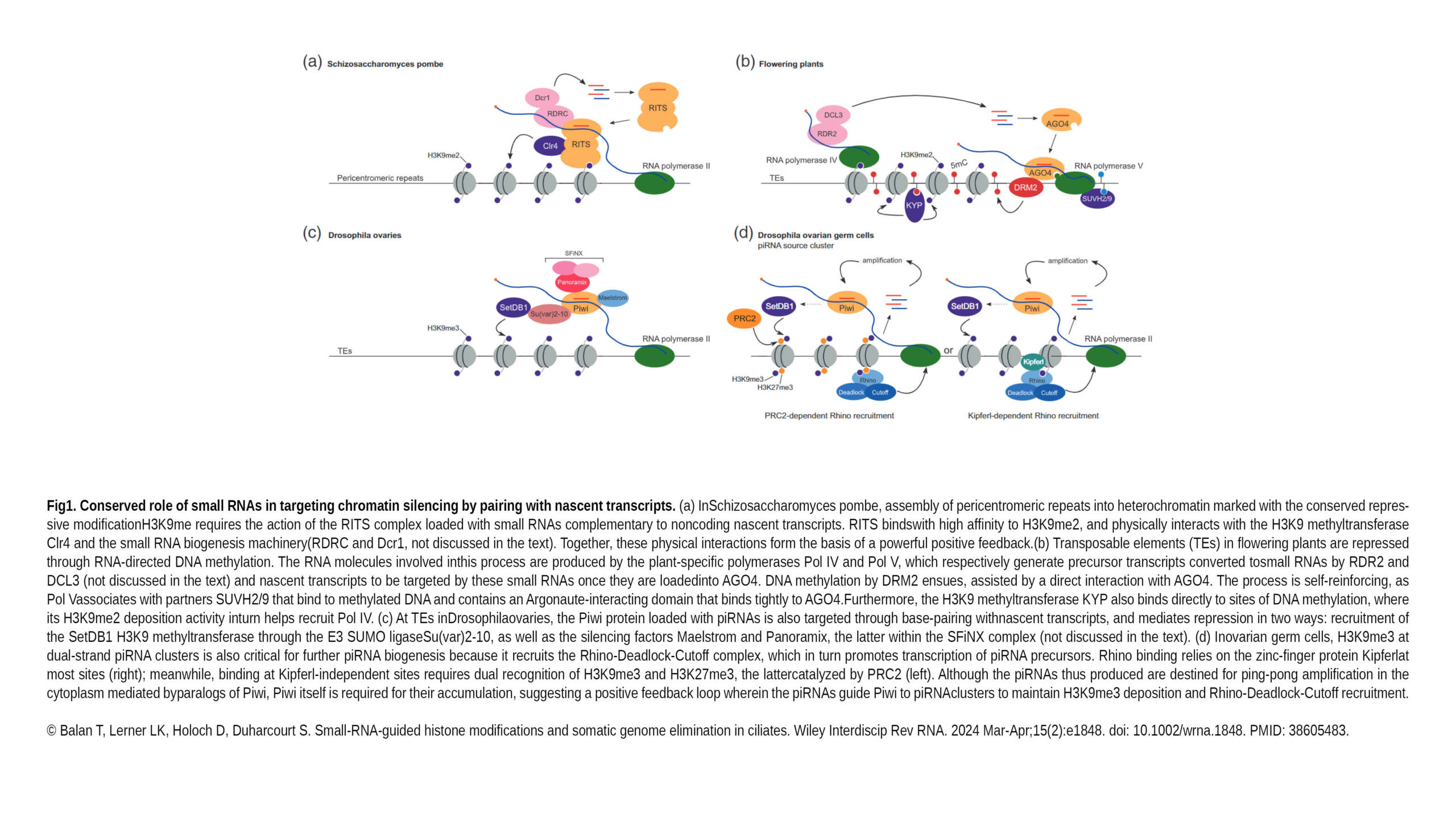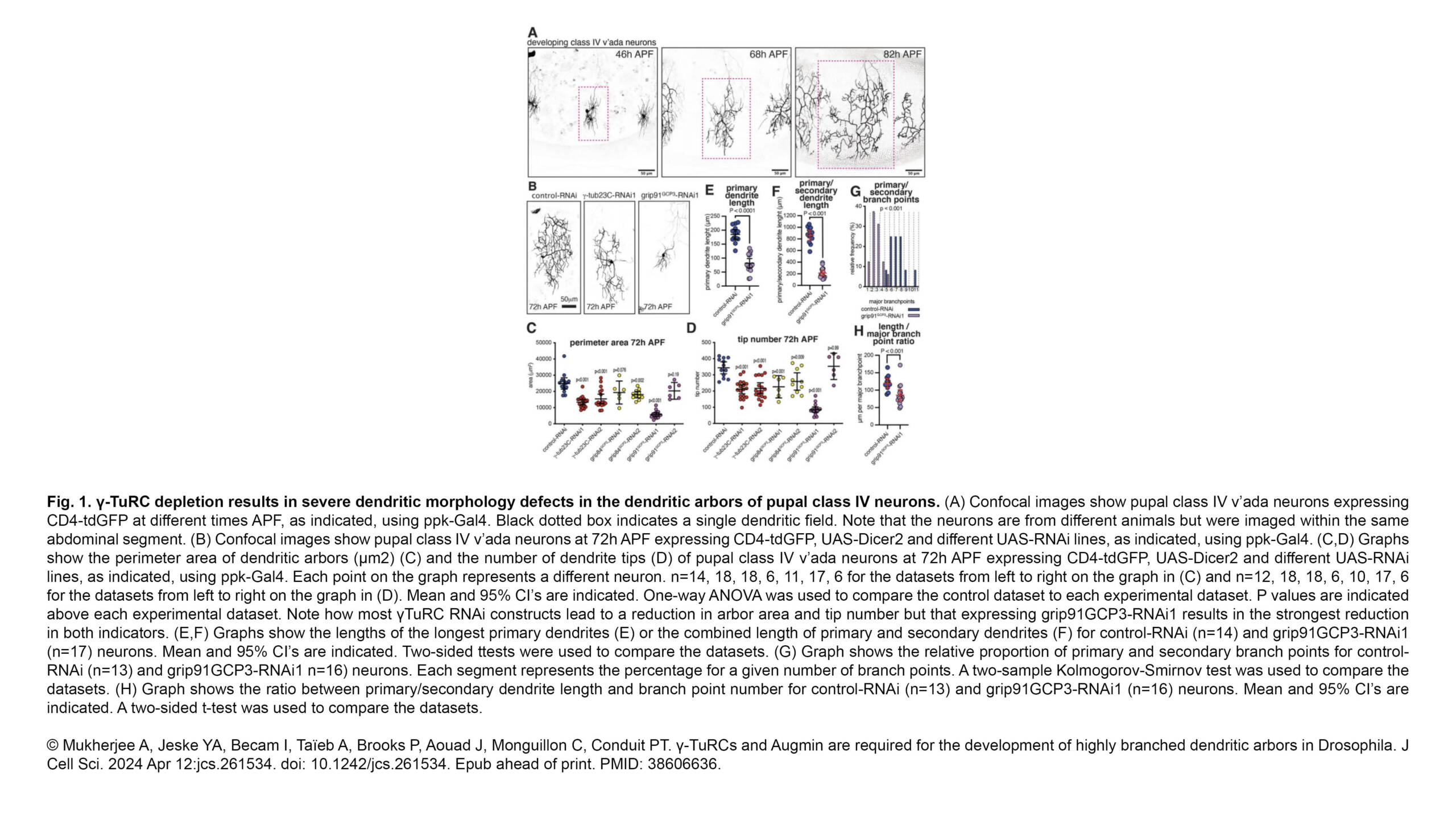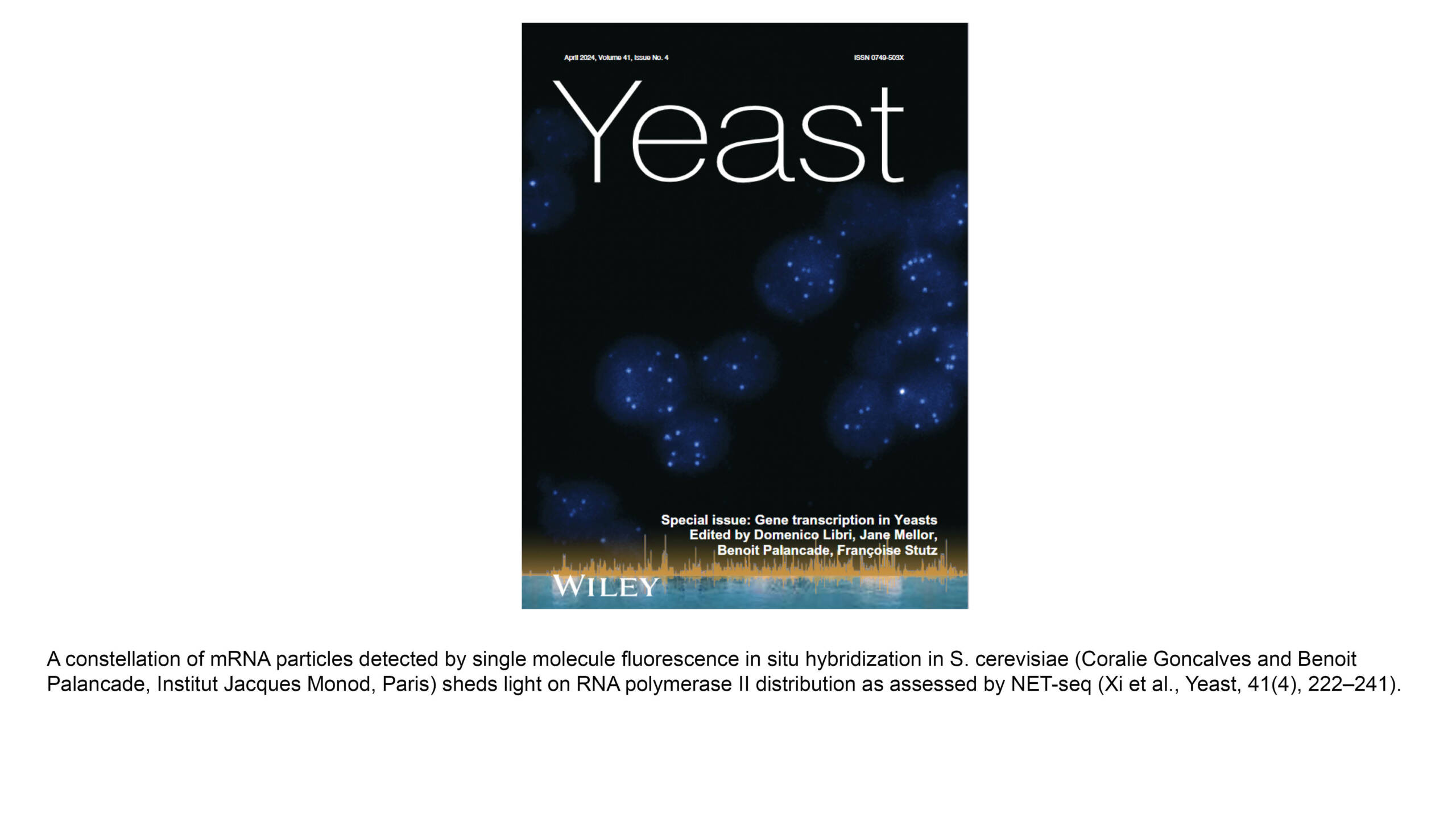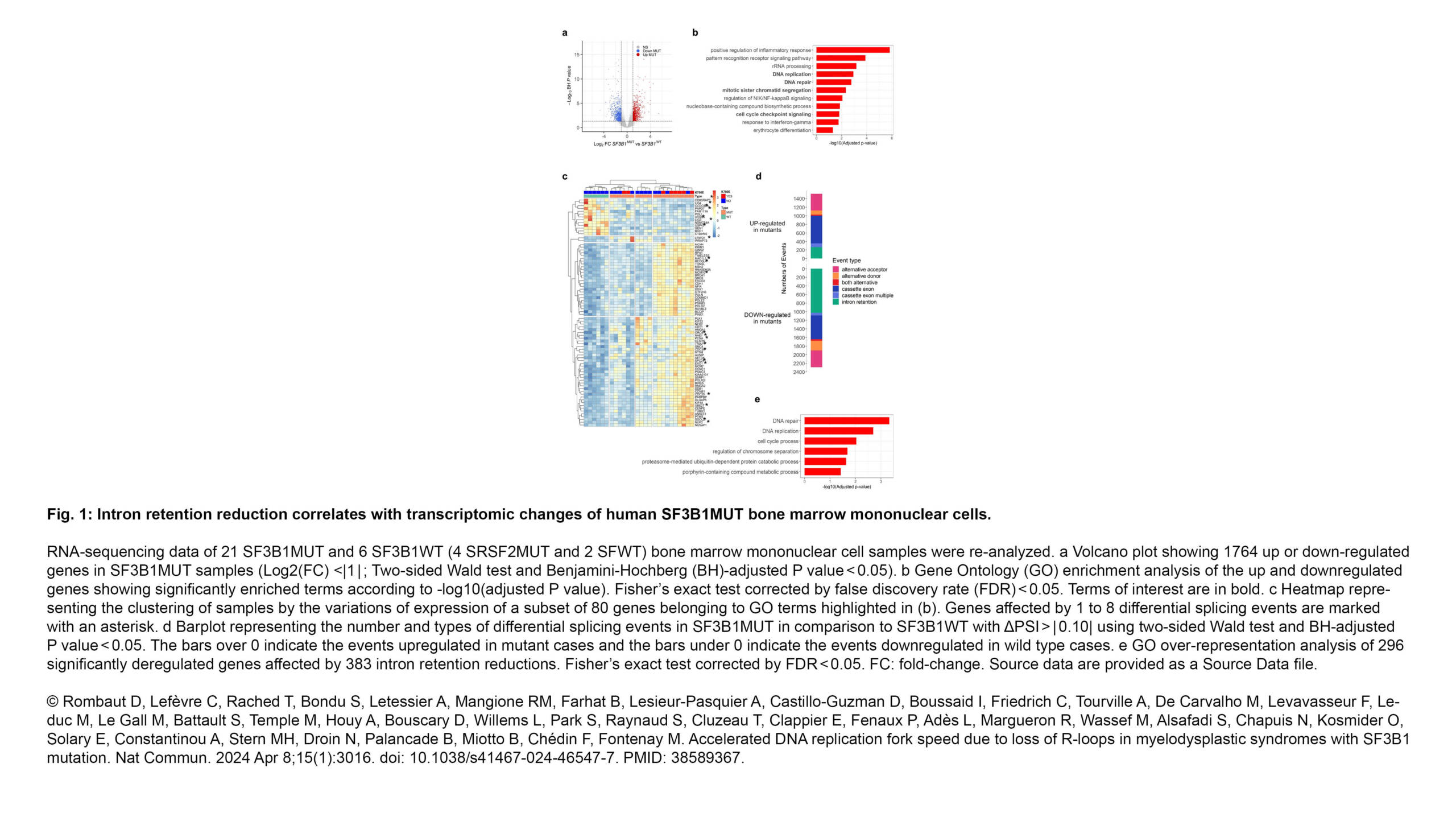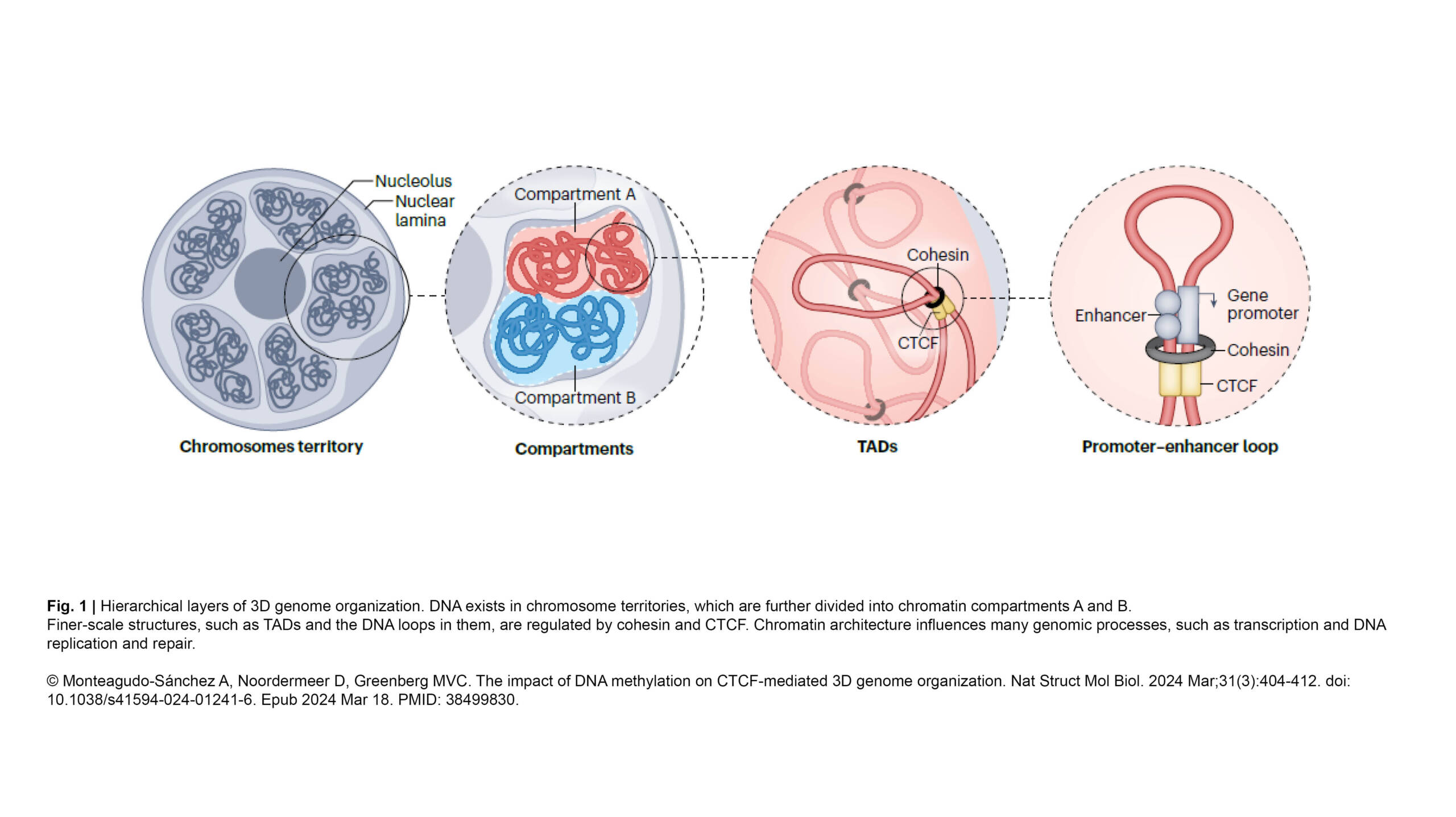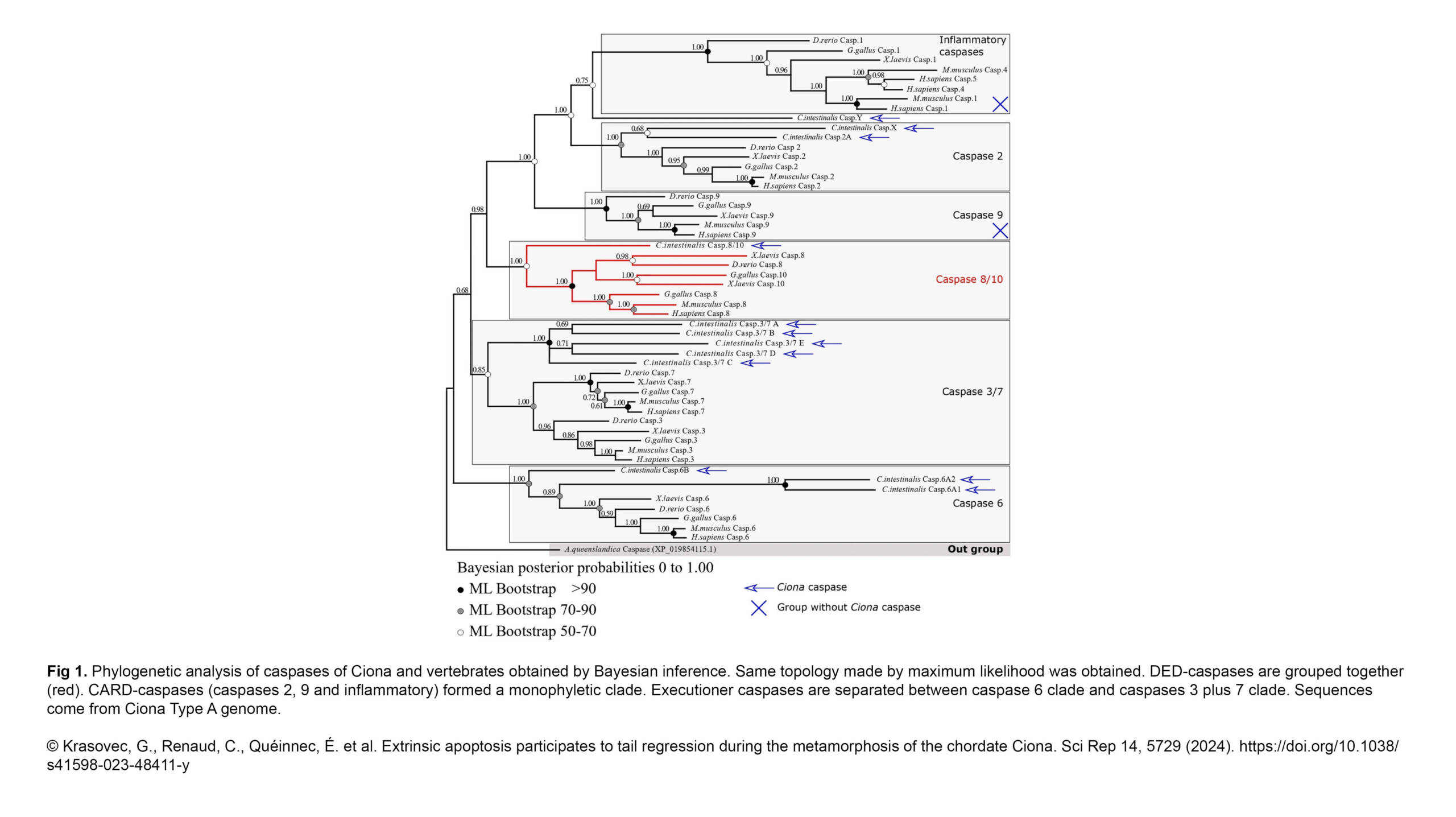L'équipe Jackson/Verbavatz a contribué à la publication d'un article thématique :
Staying on track – Keeping things running in a high-end scientific imaging core facility
Résumé :
Modern life science research is a collaborative effort. Few research groups can single-handedly support the necessary equipment, expertise and personnel needed for the ever-expanding portfolio of technologies that are required…
